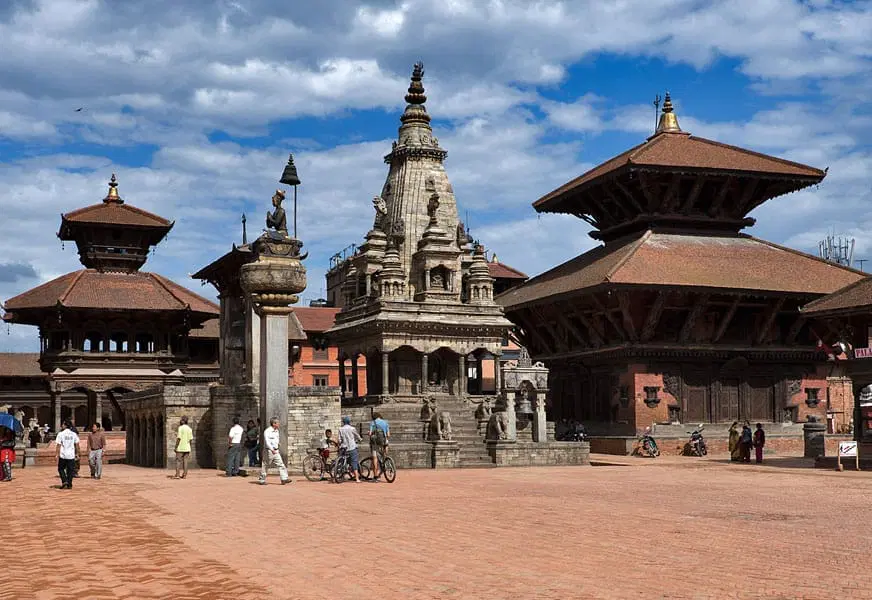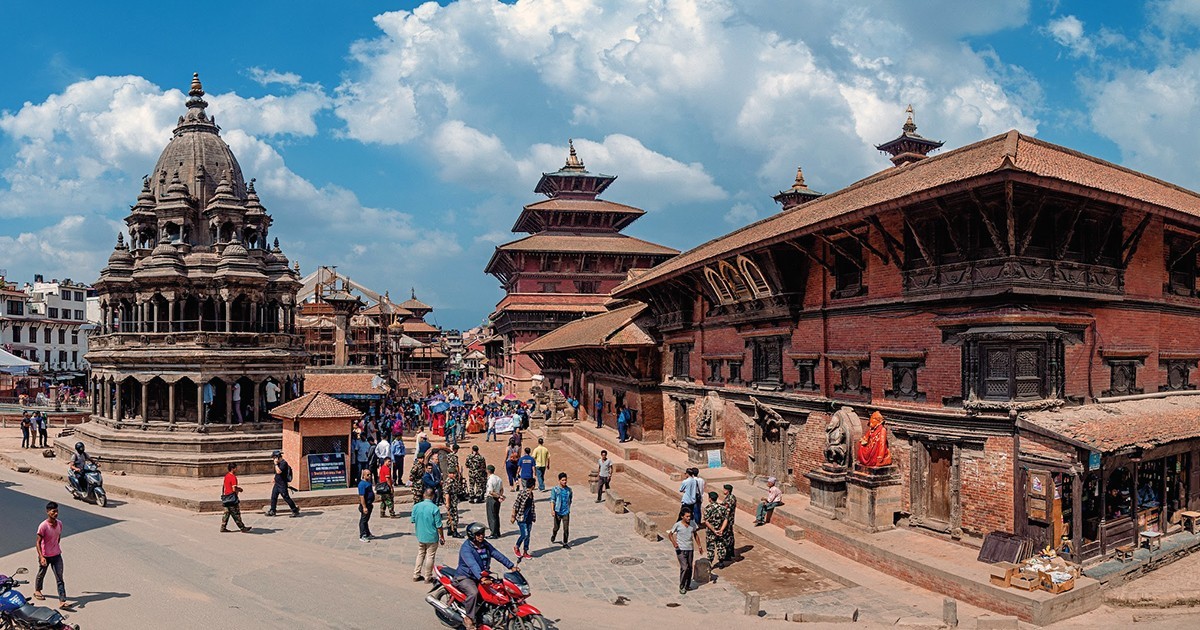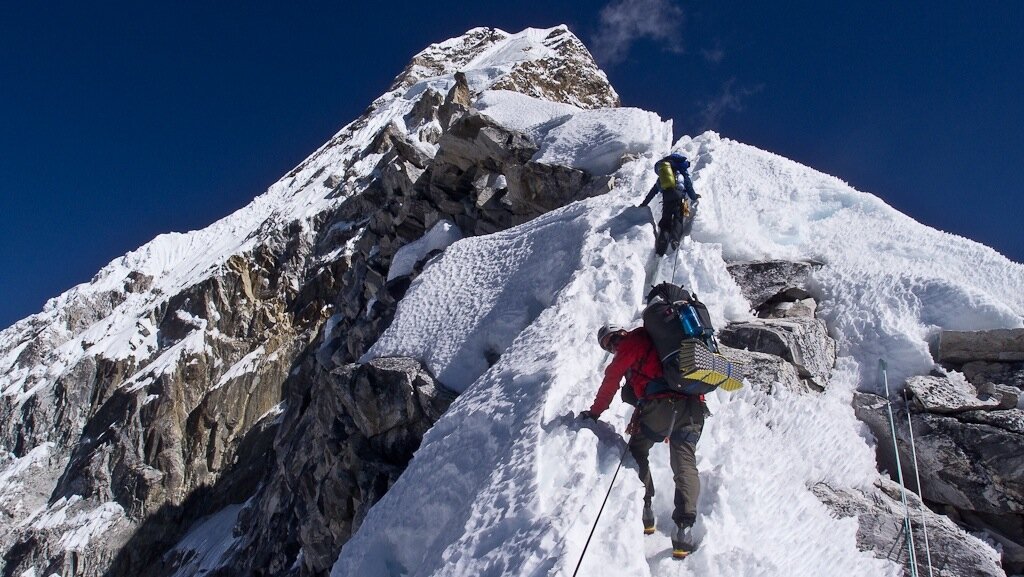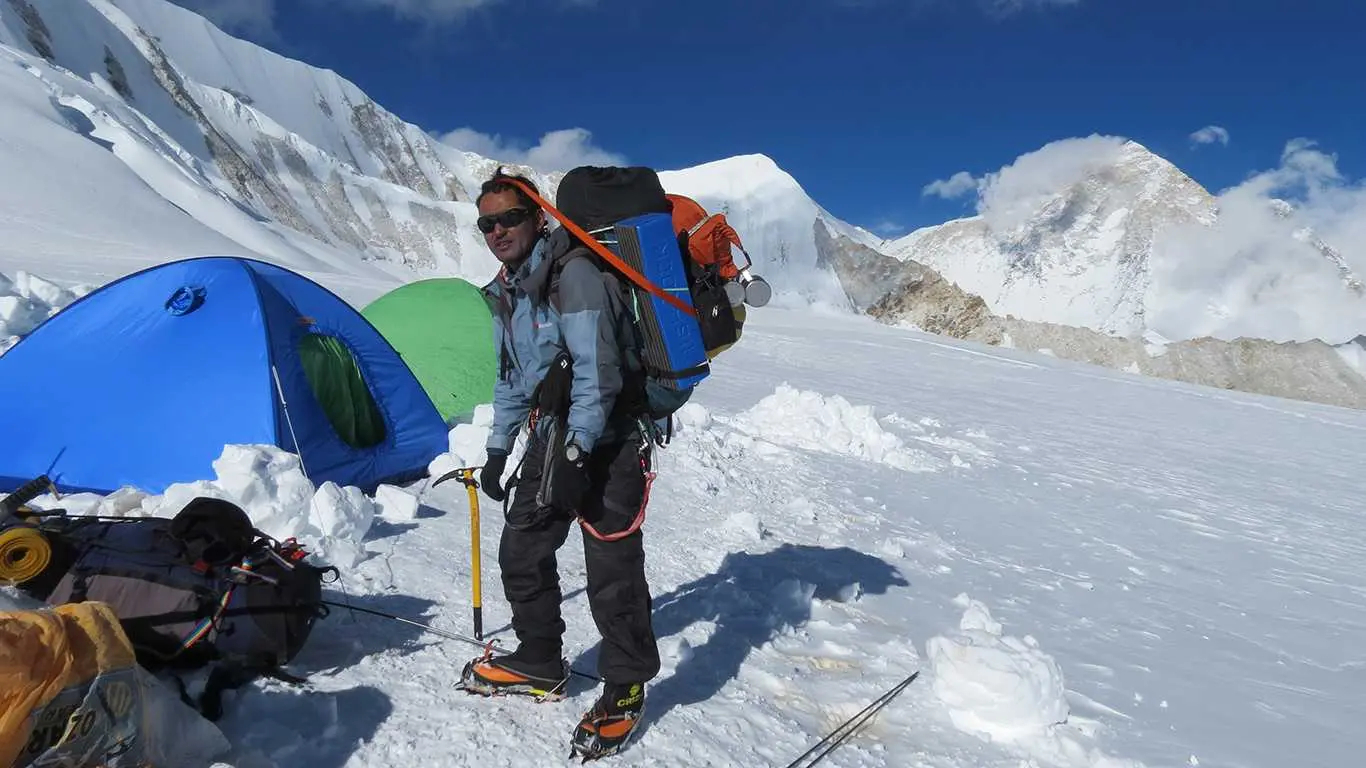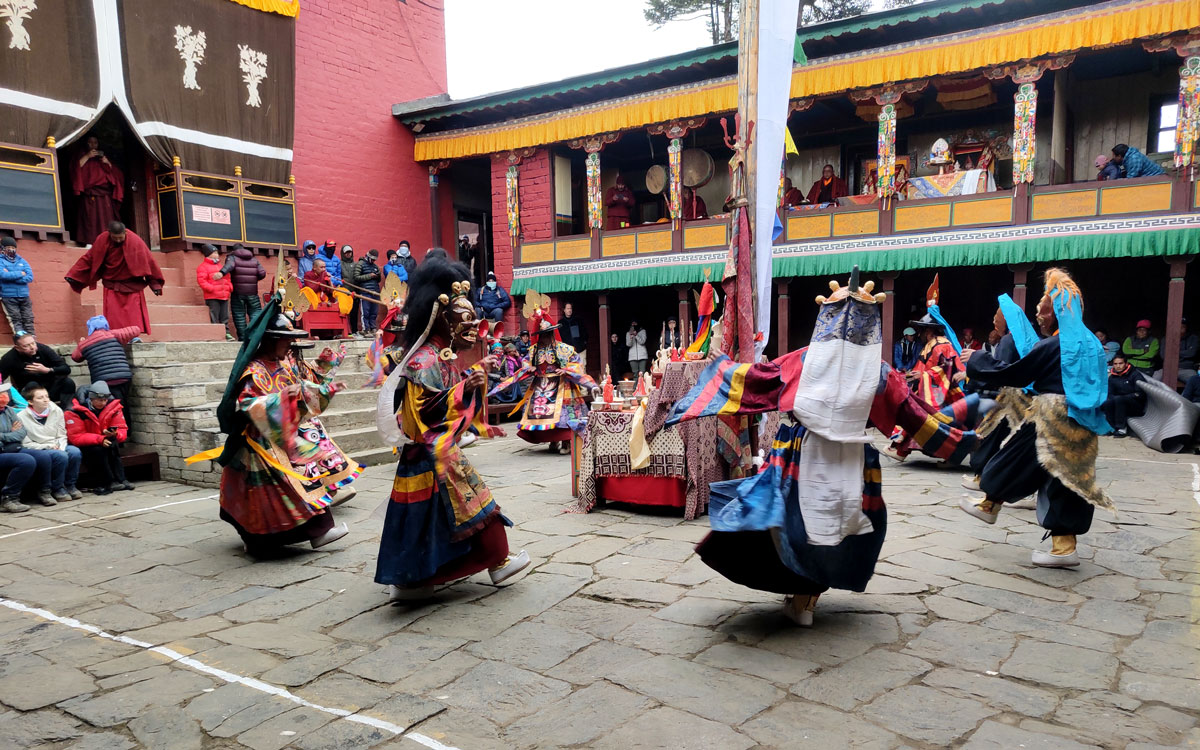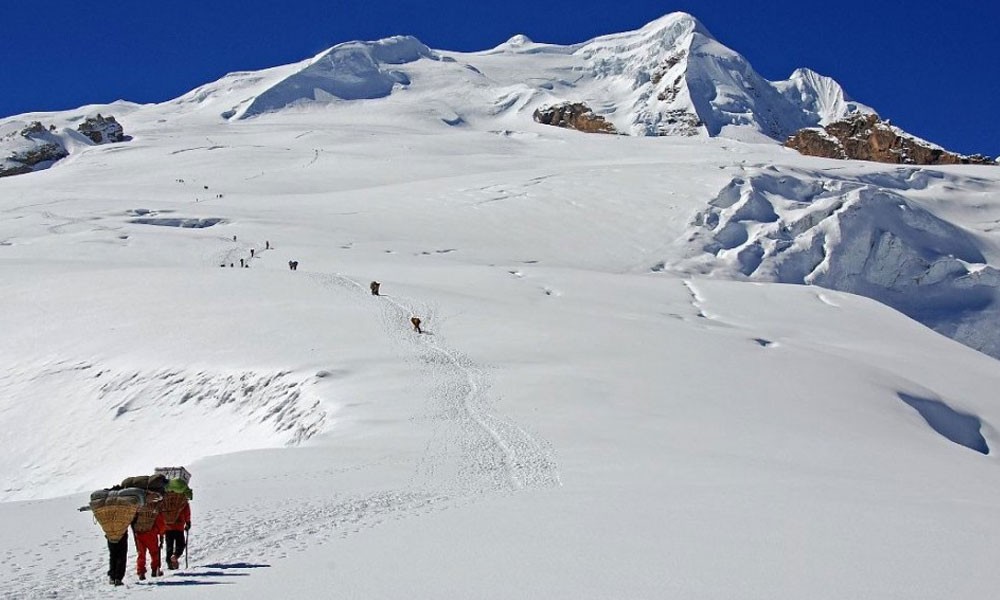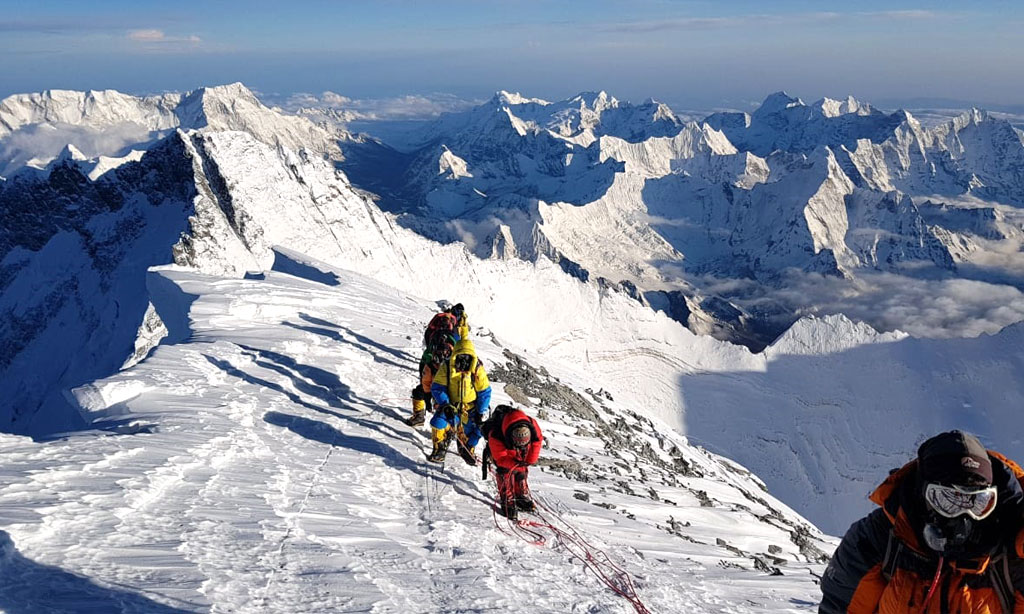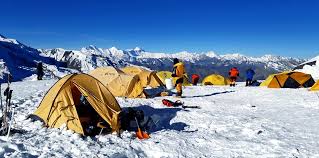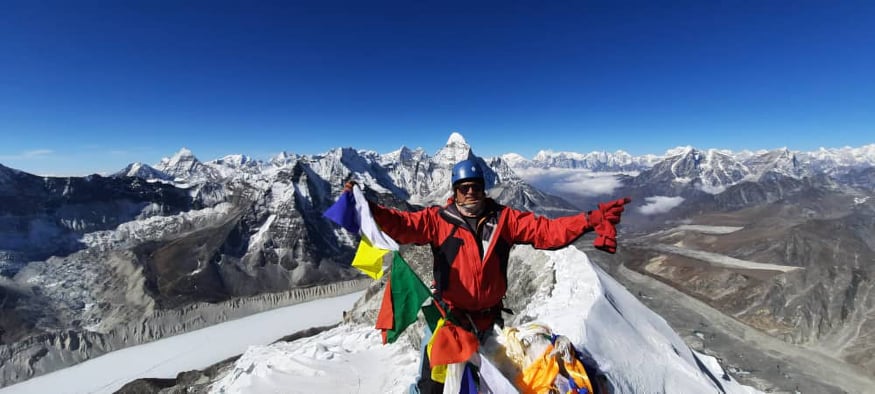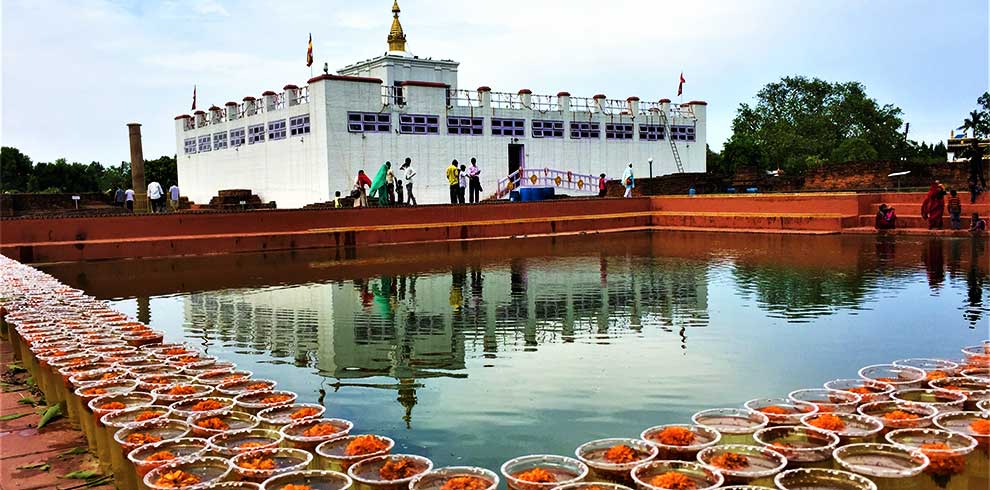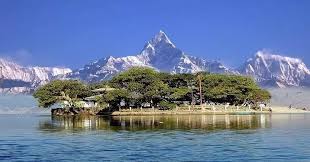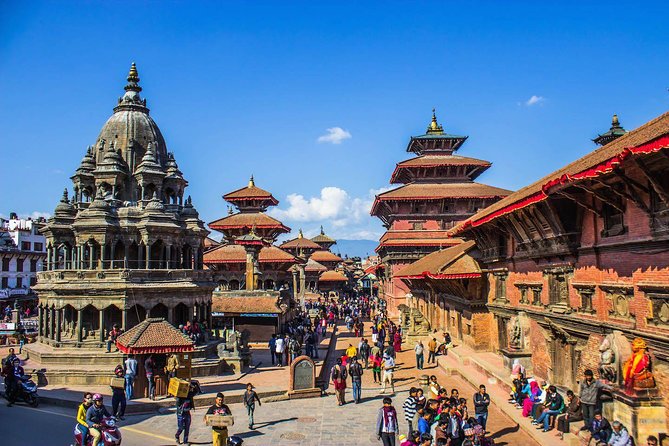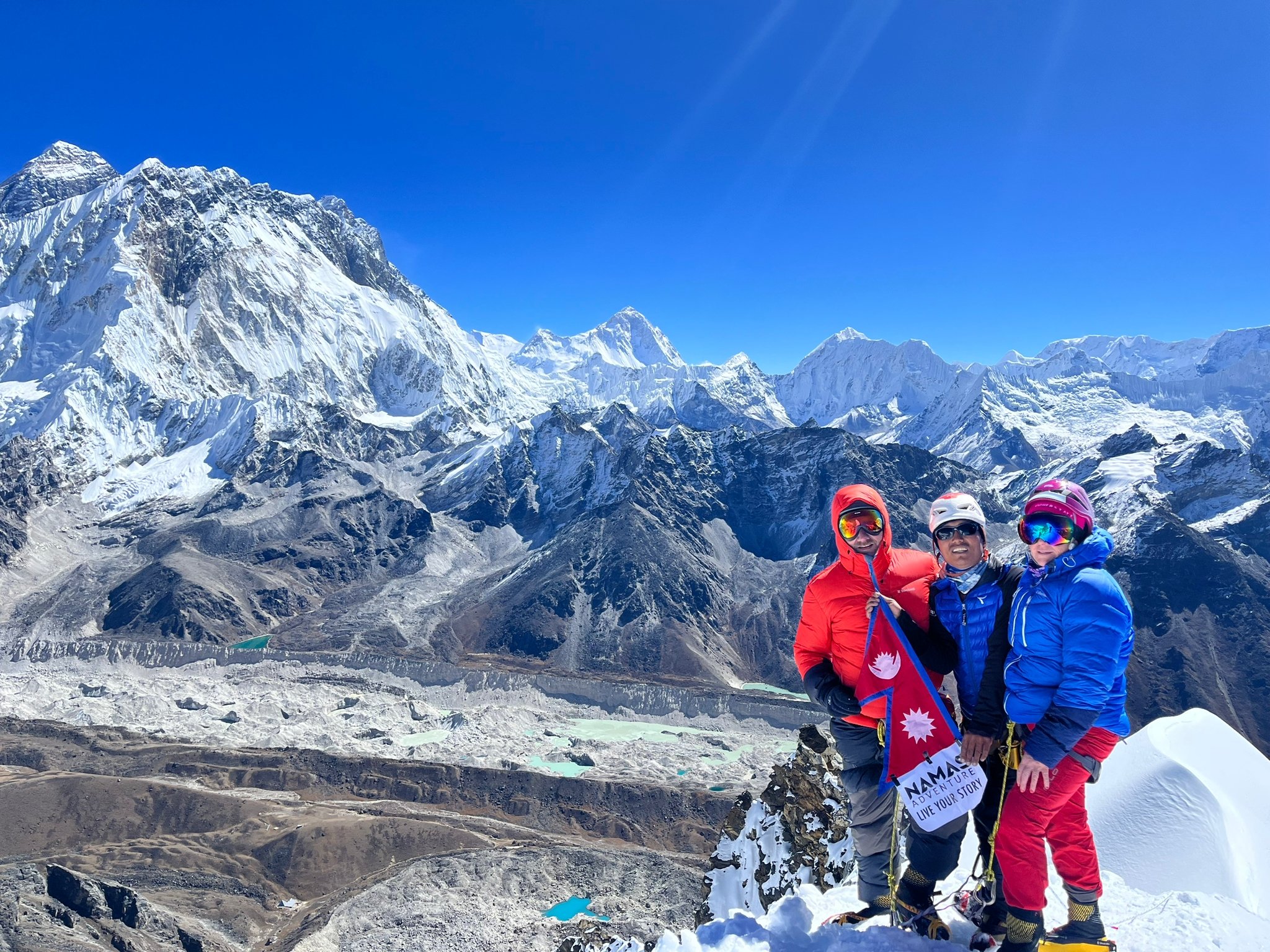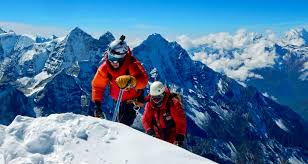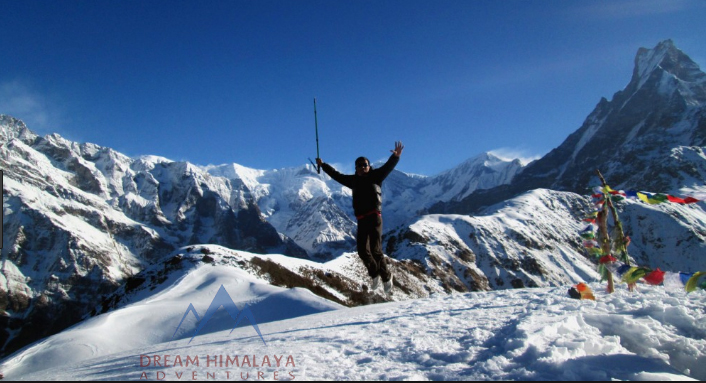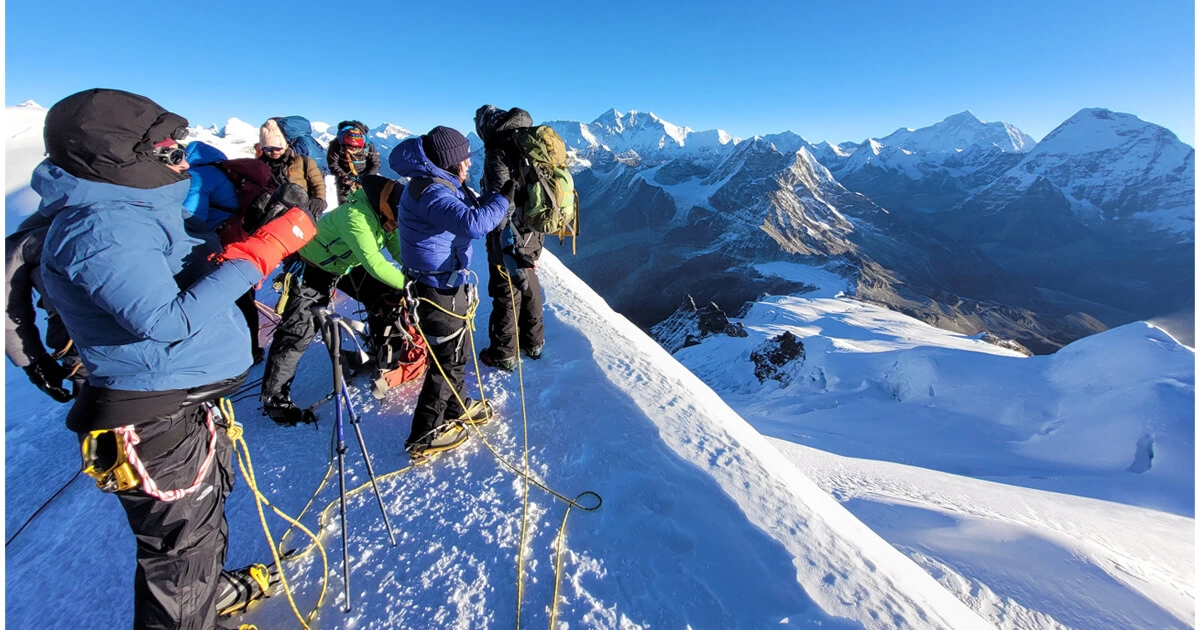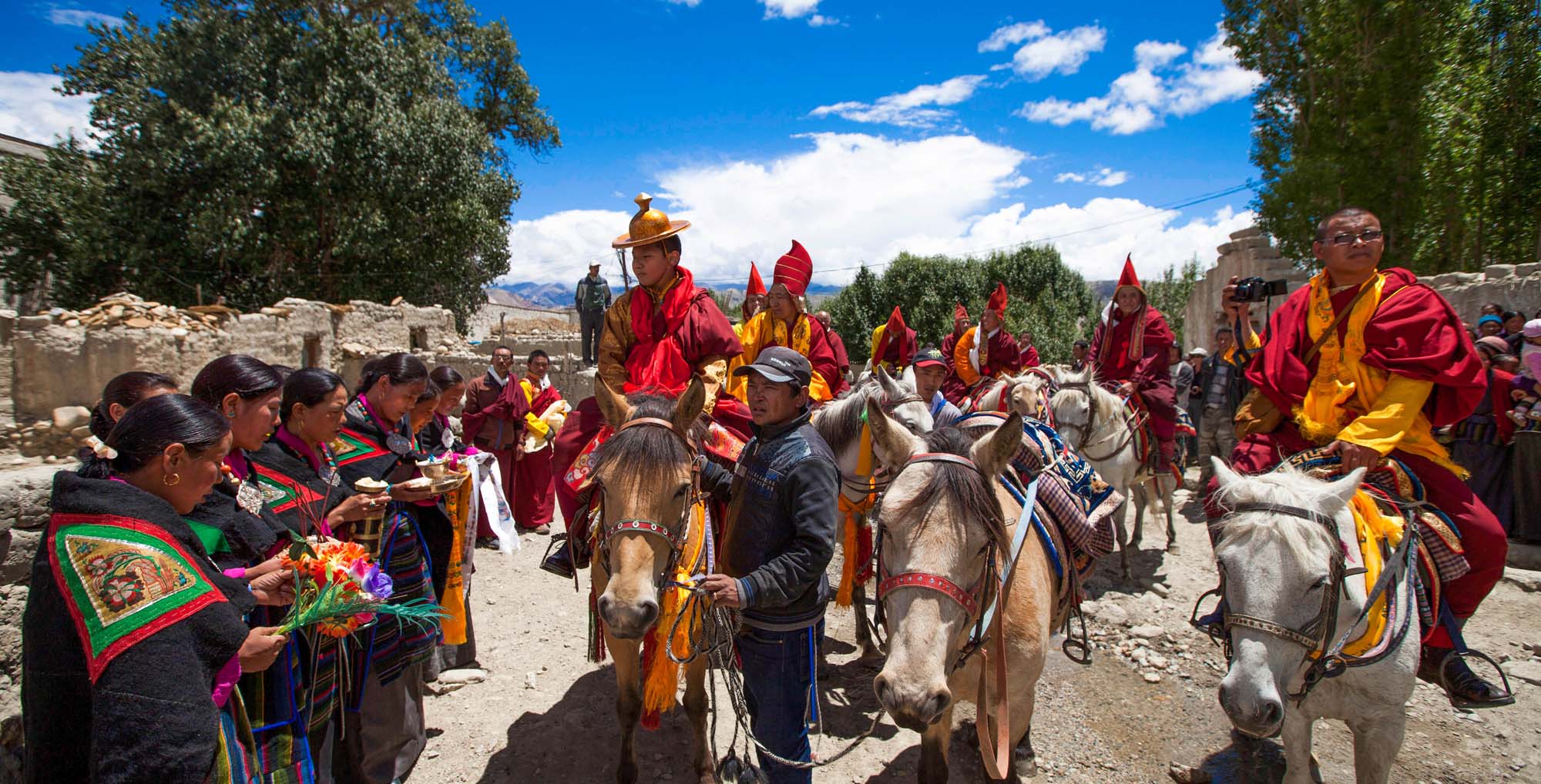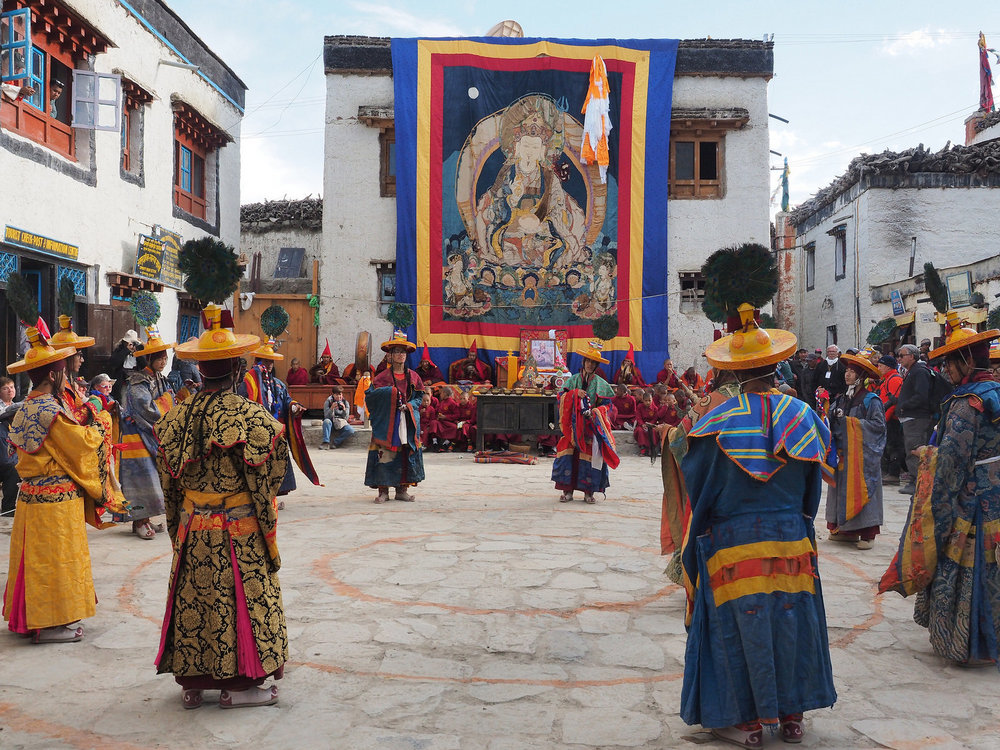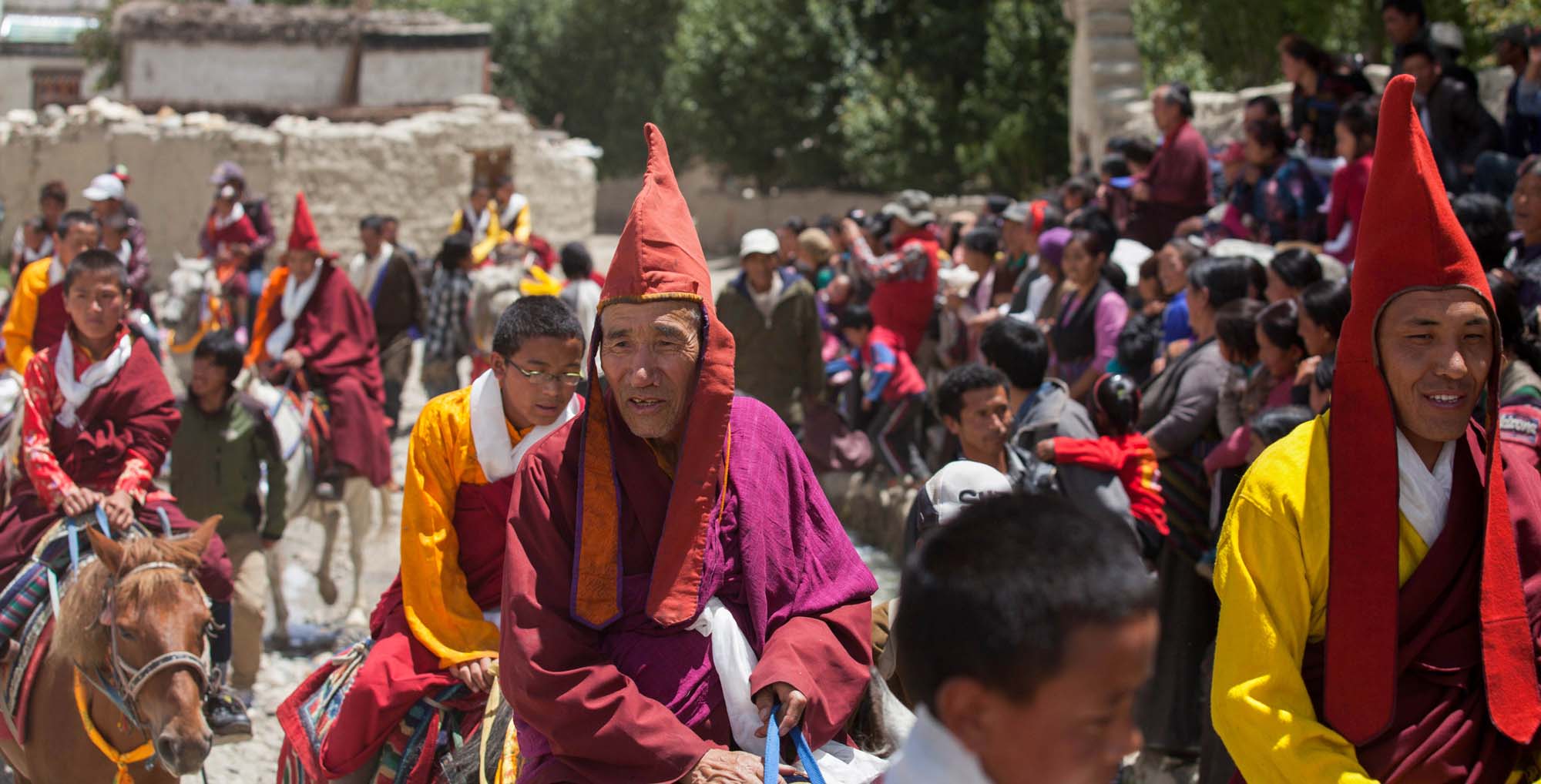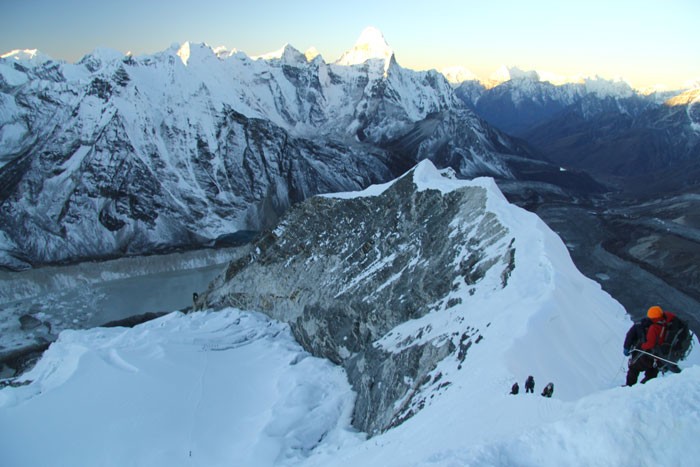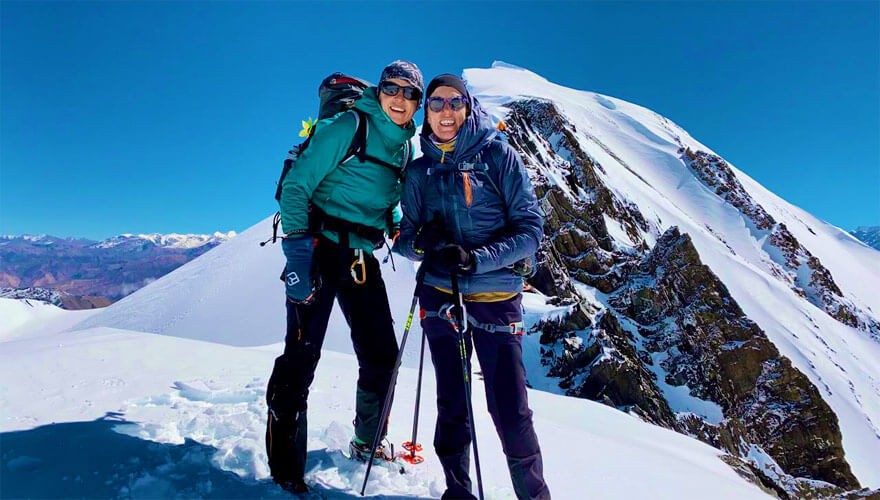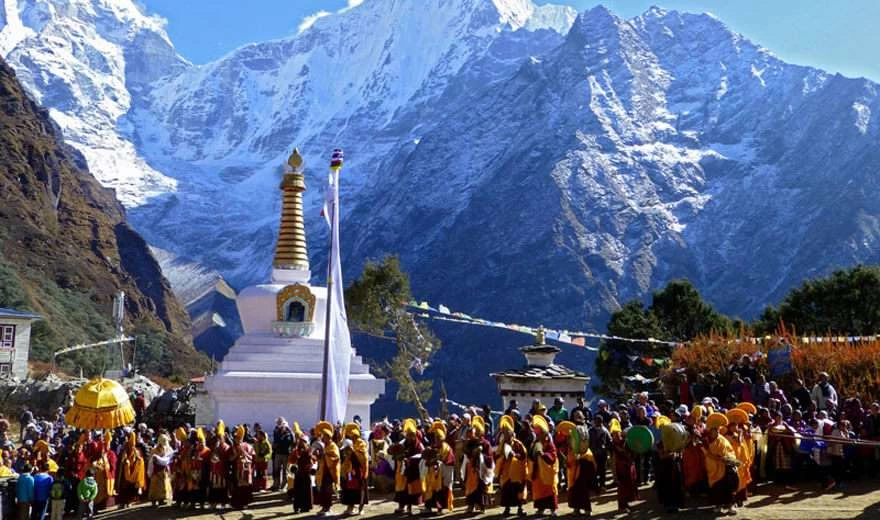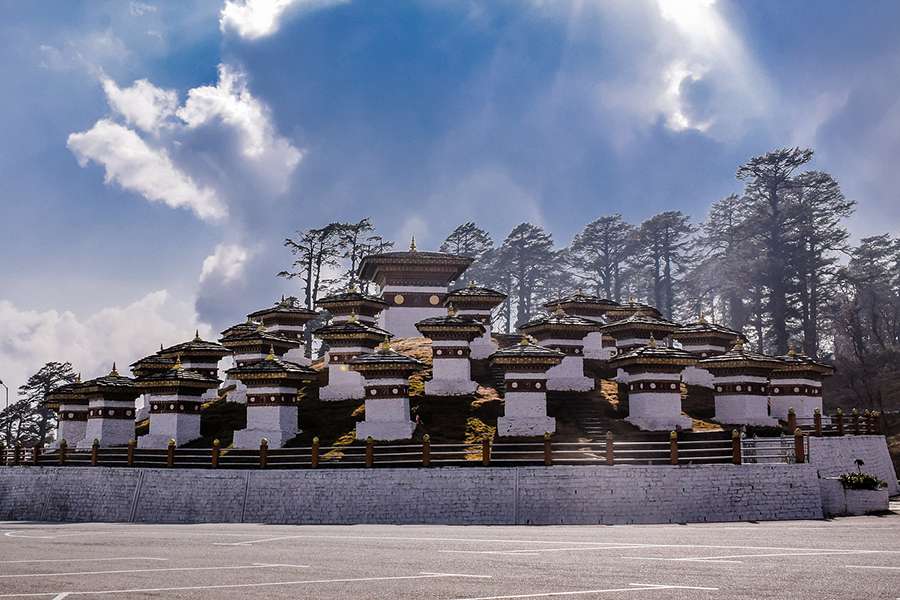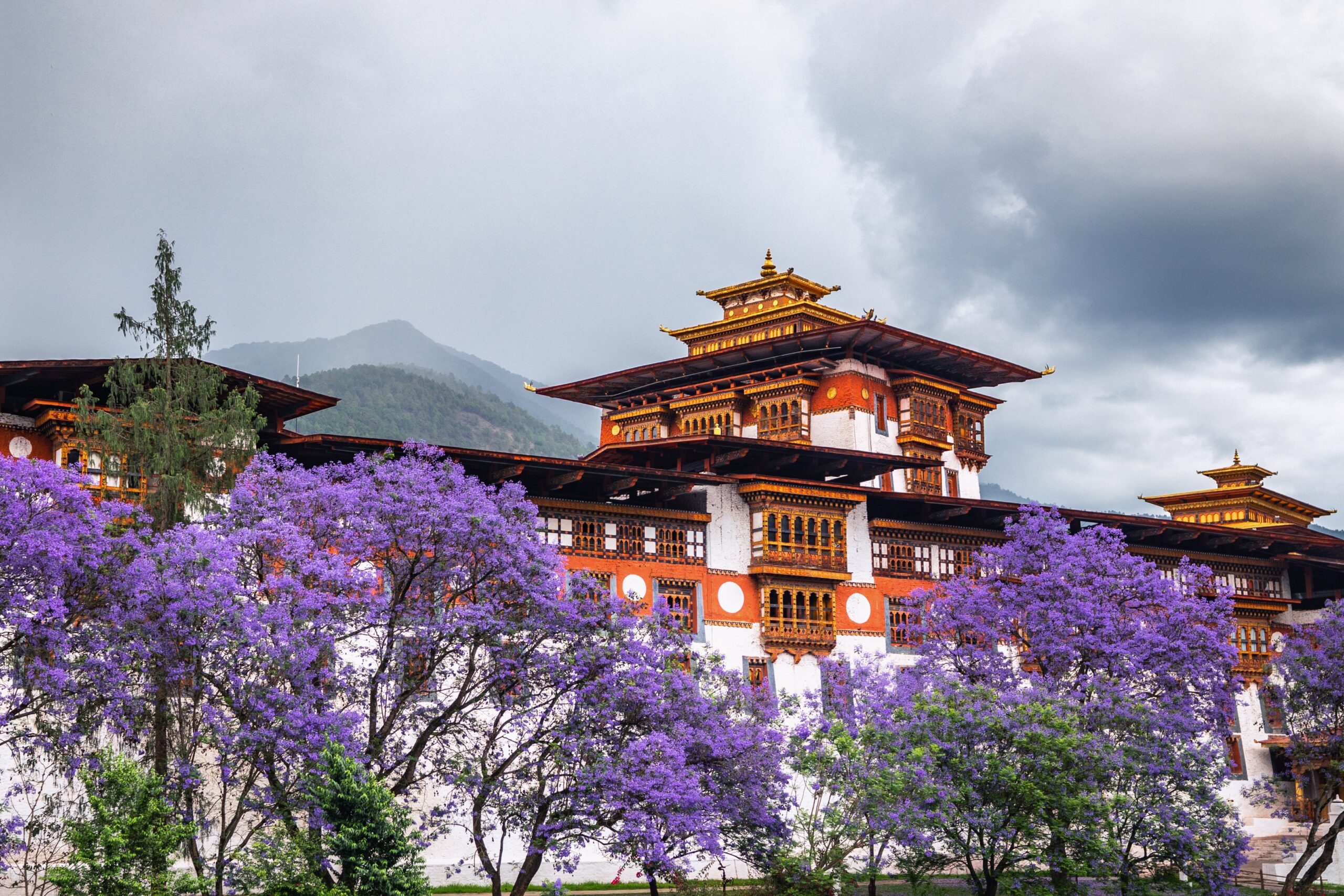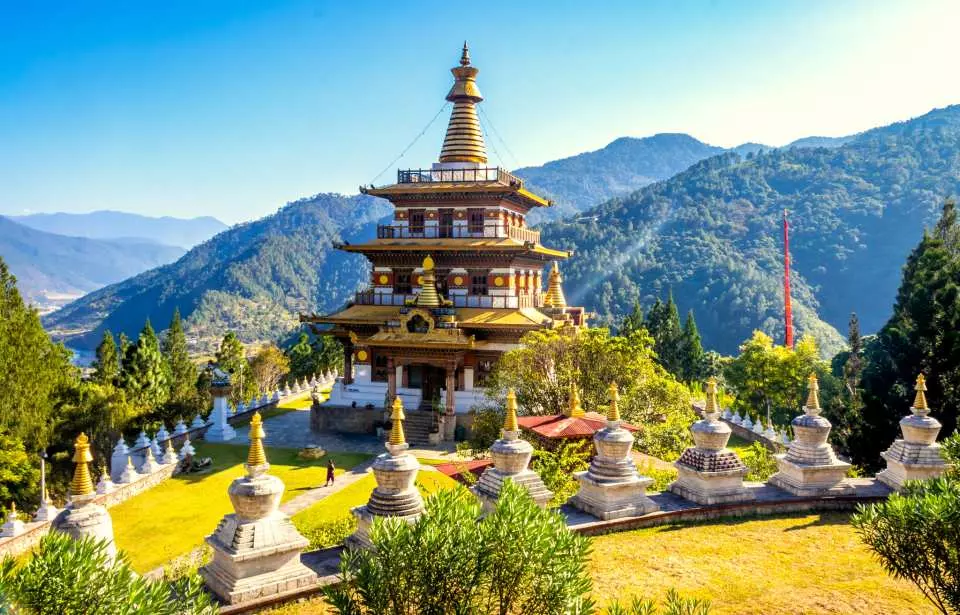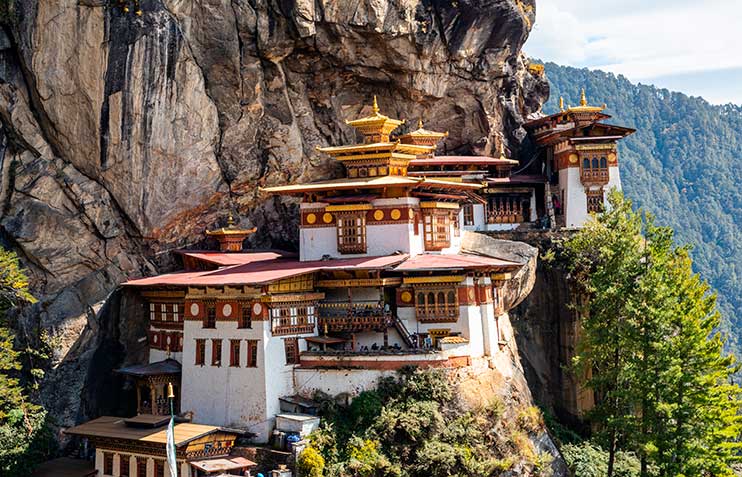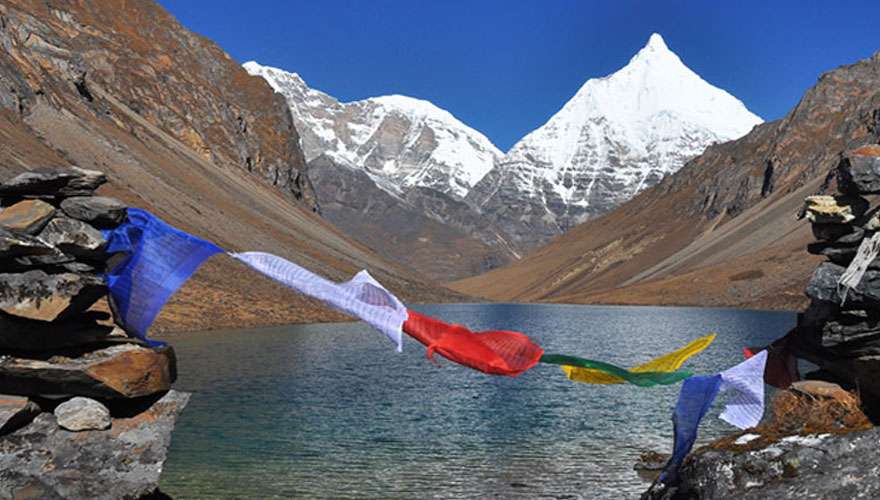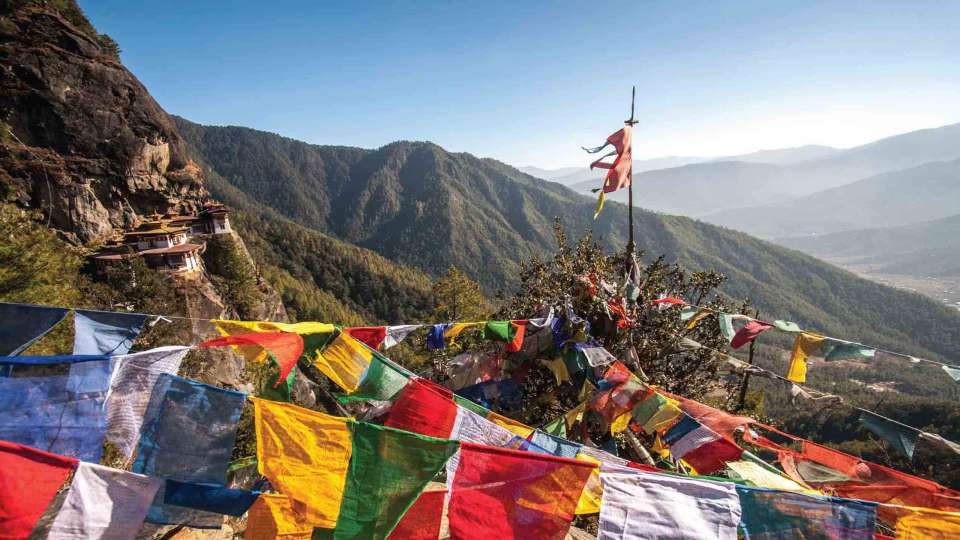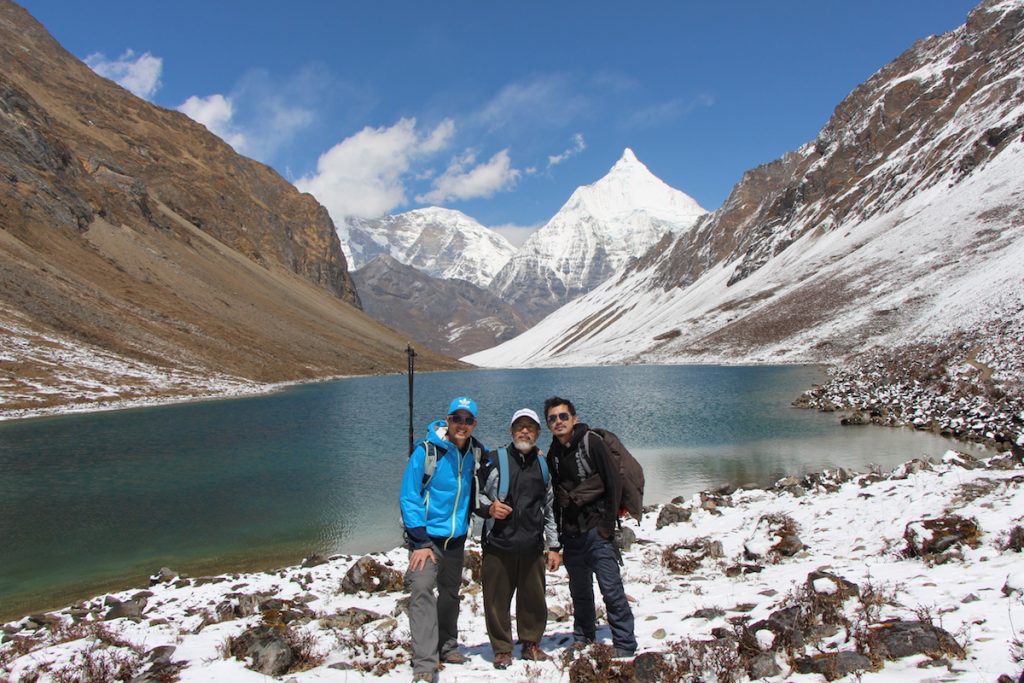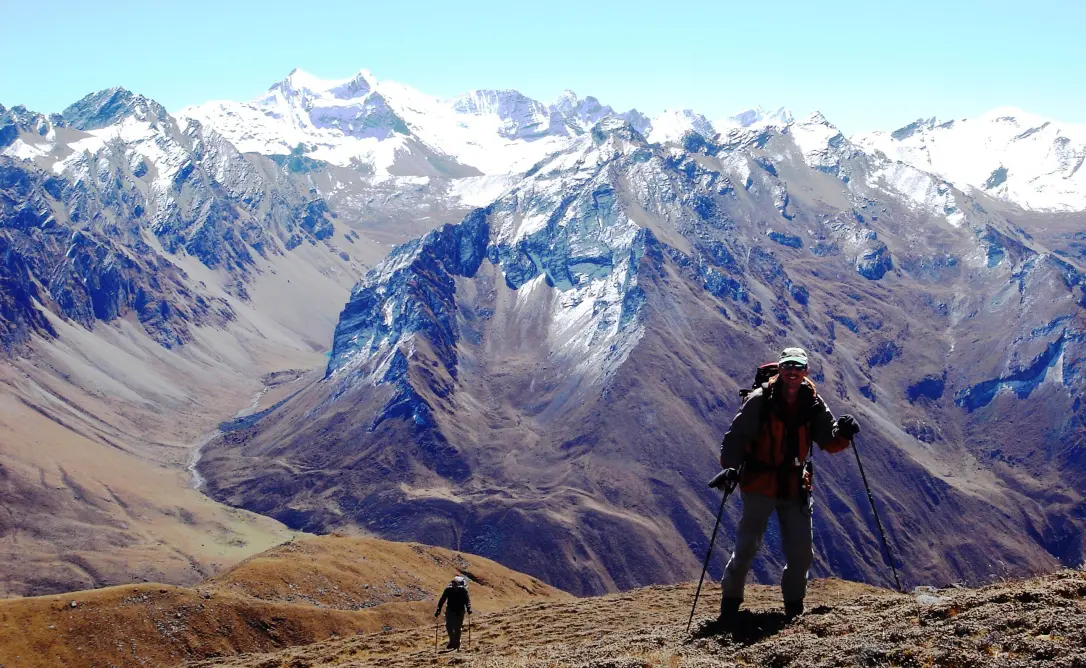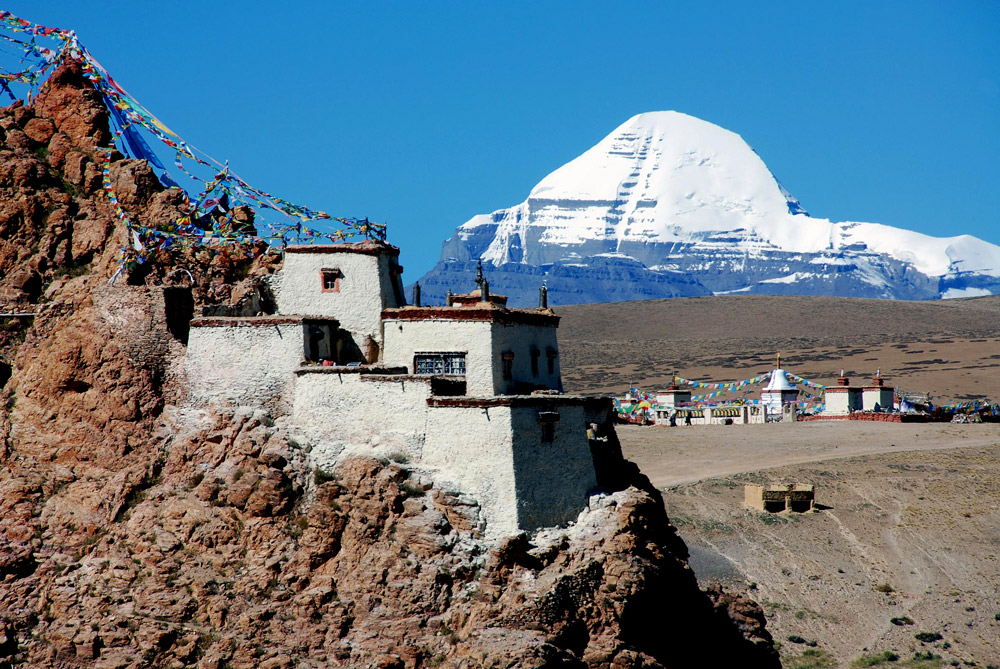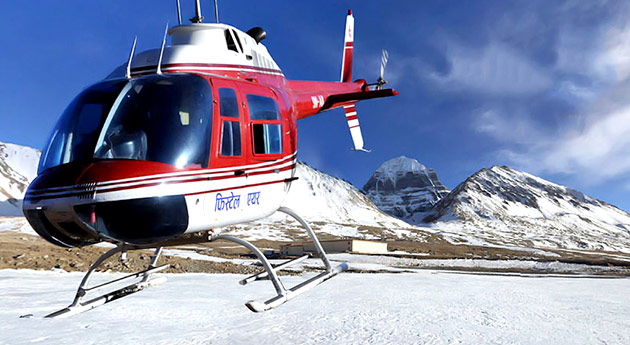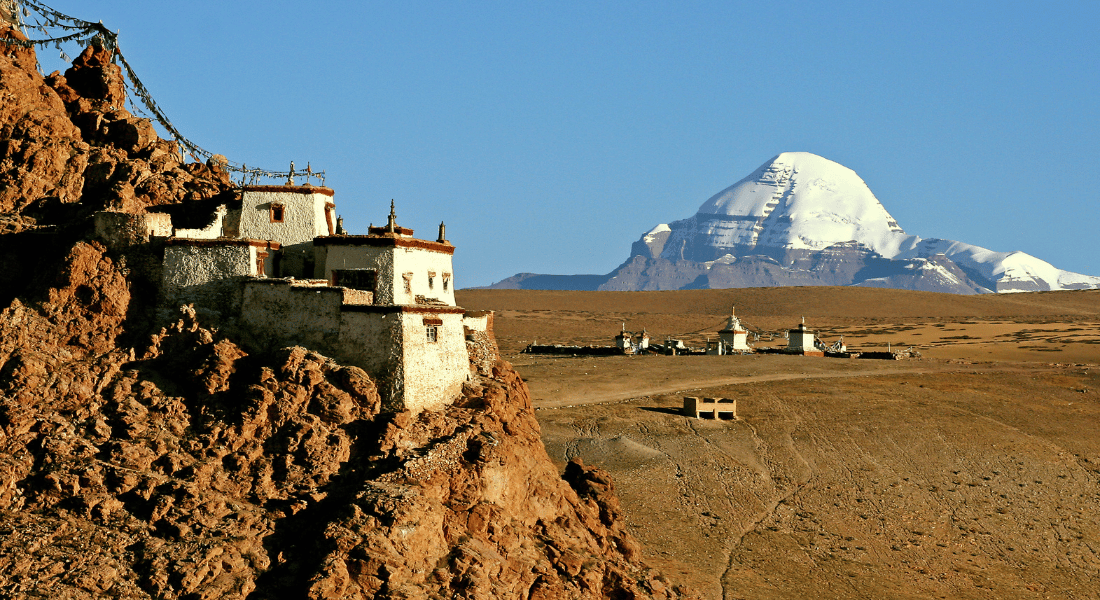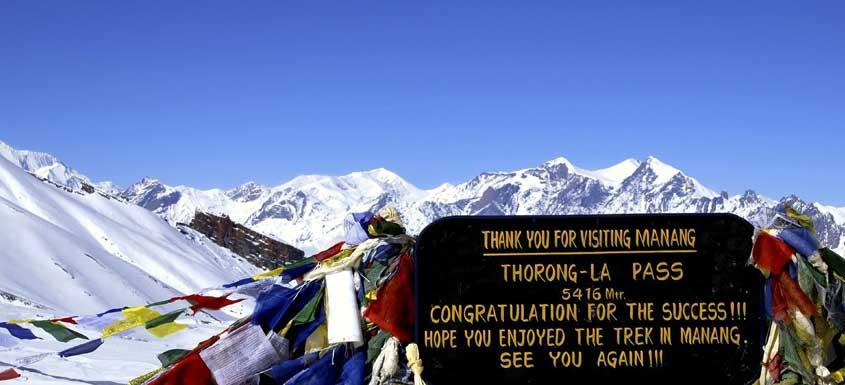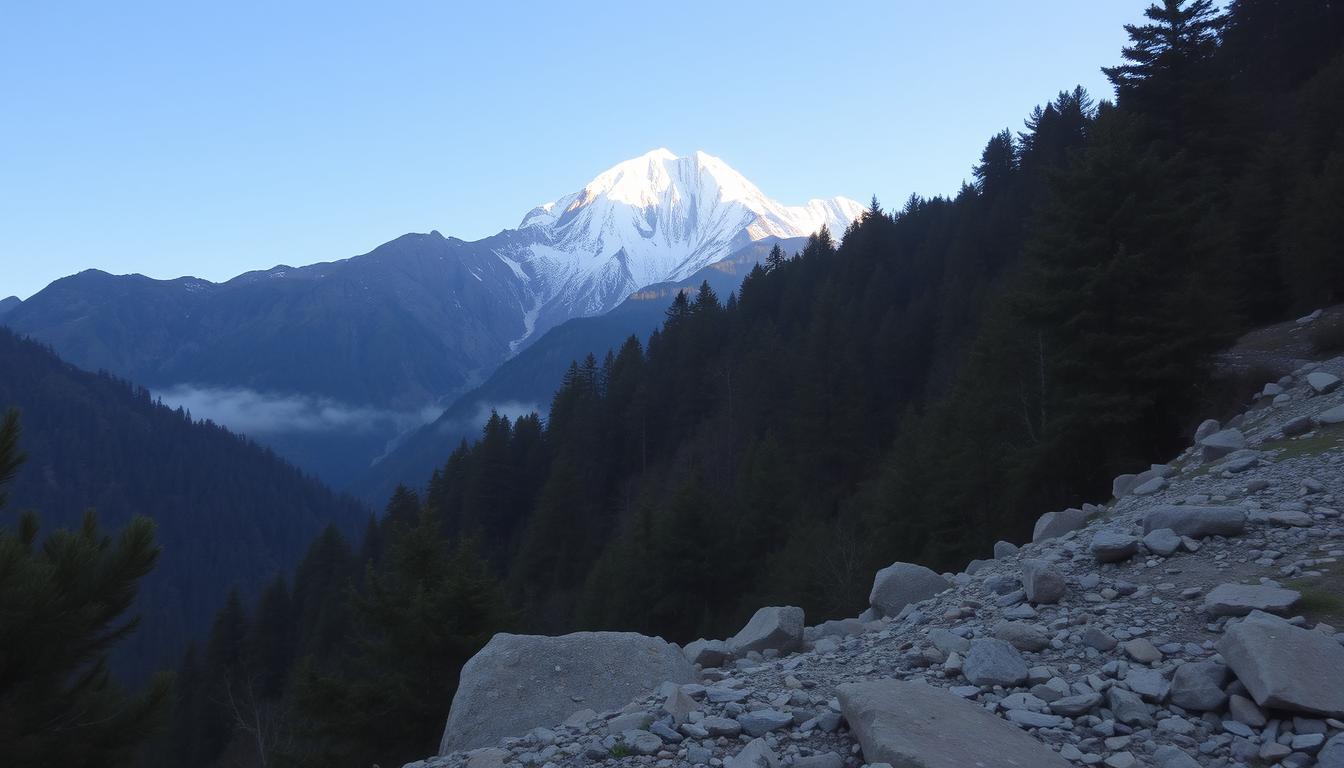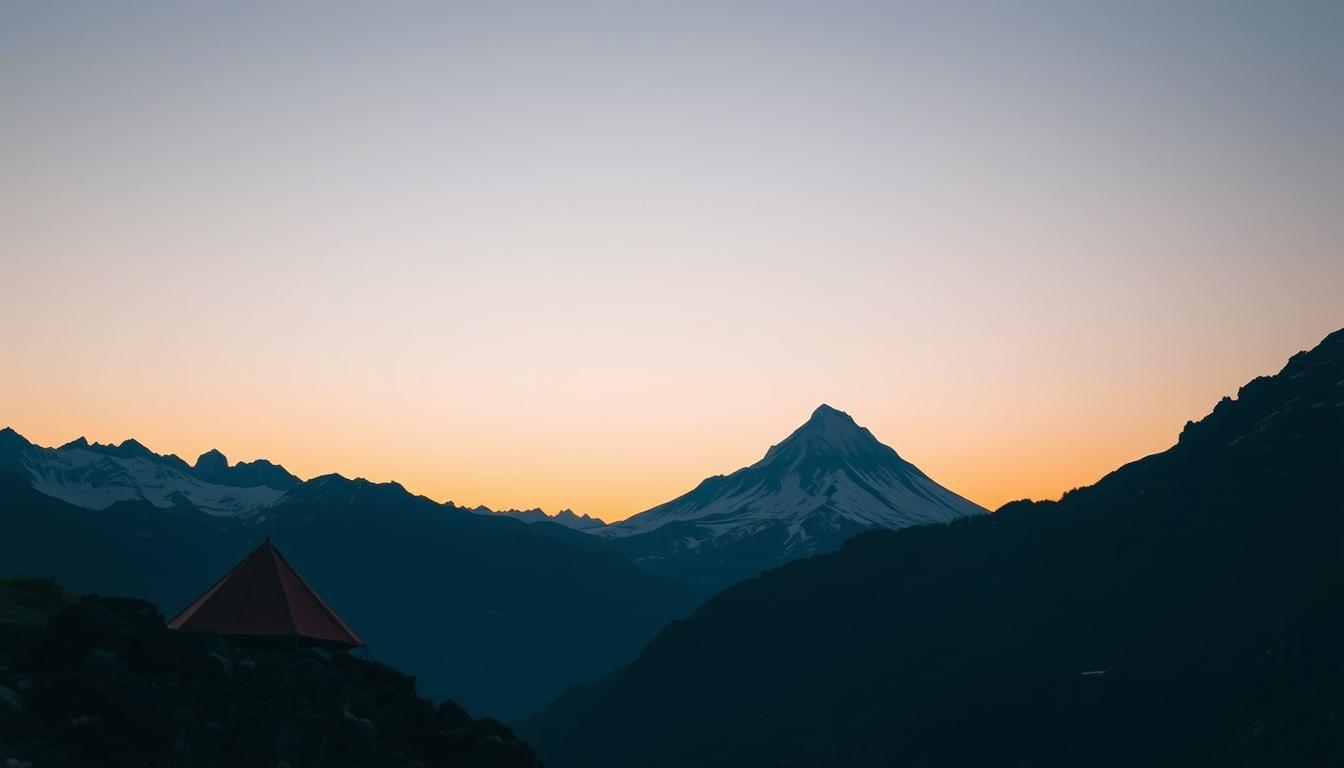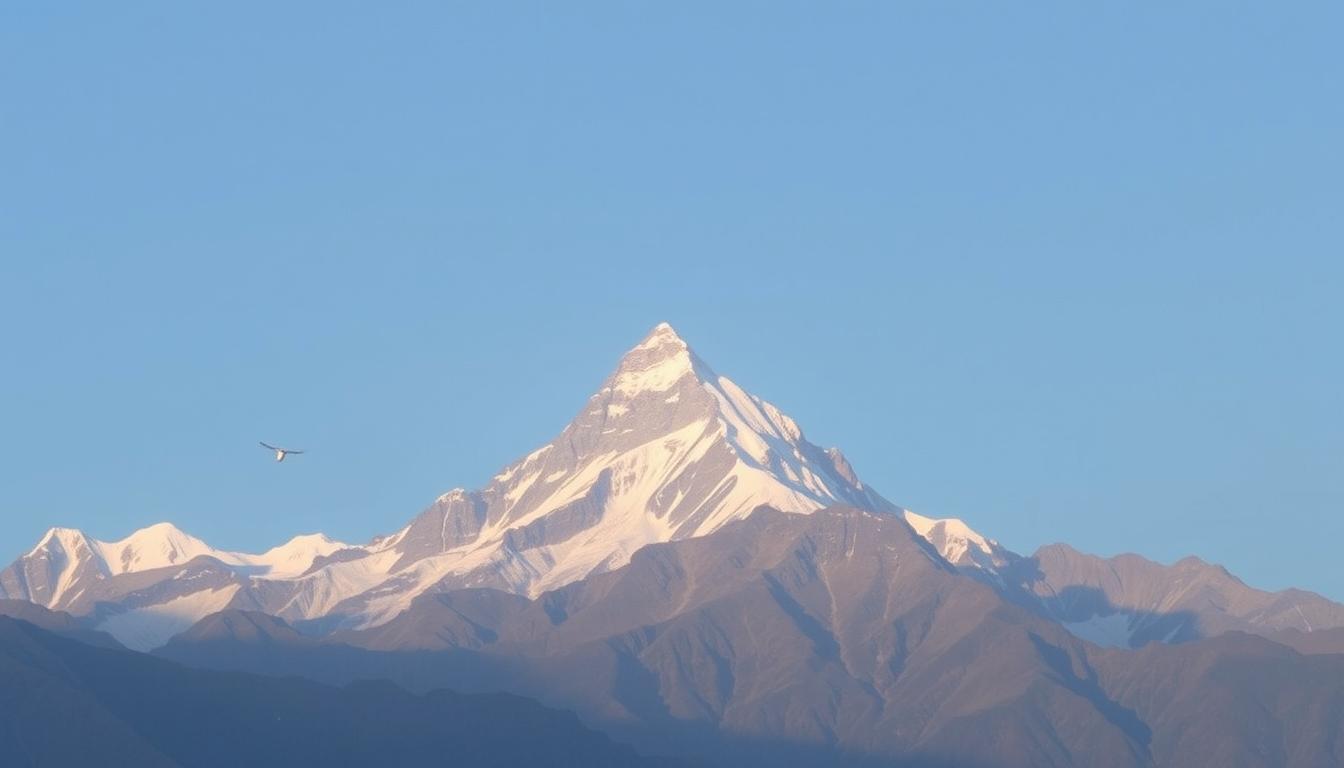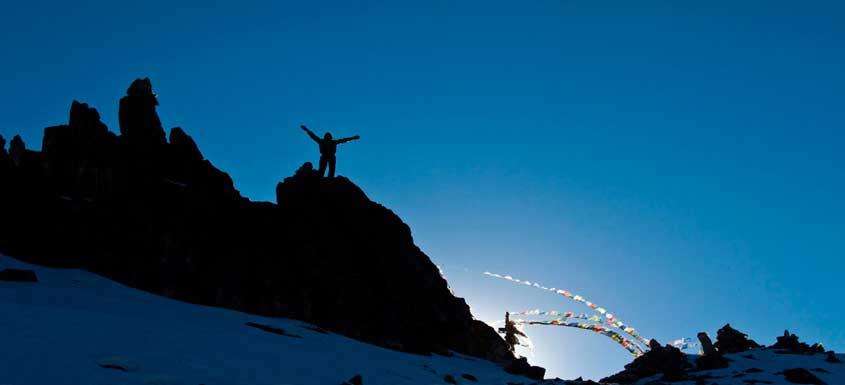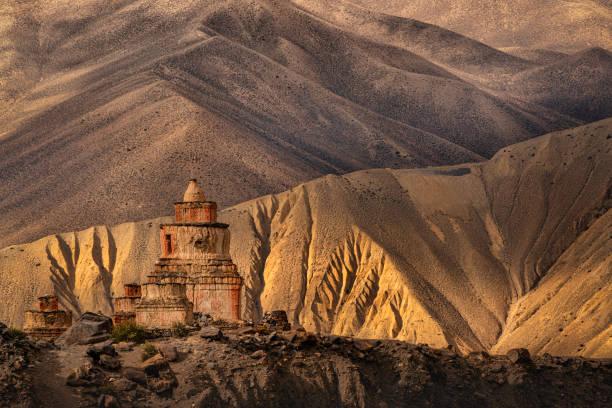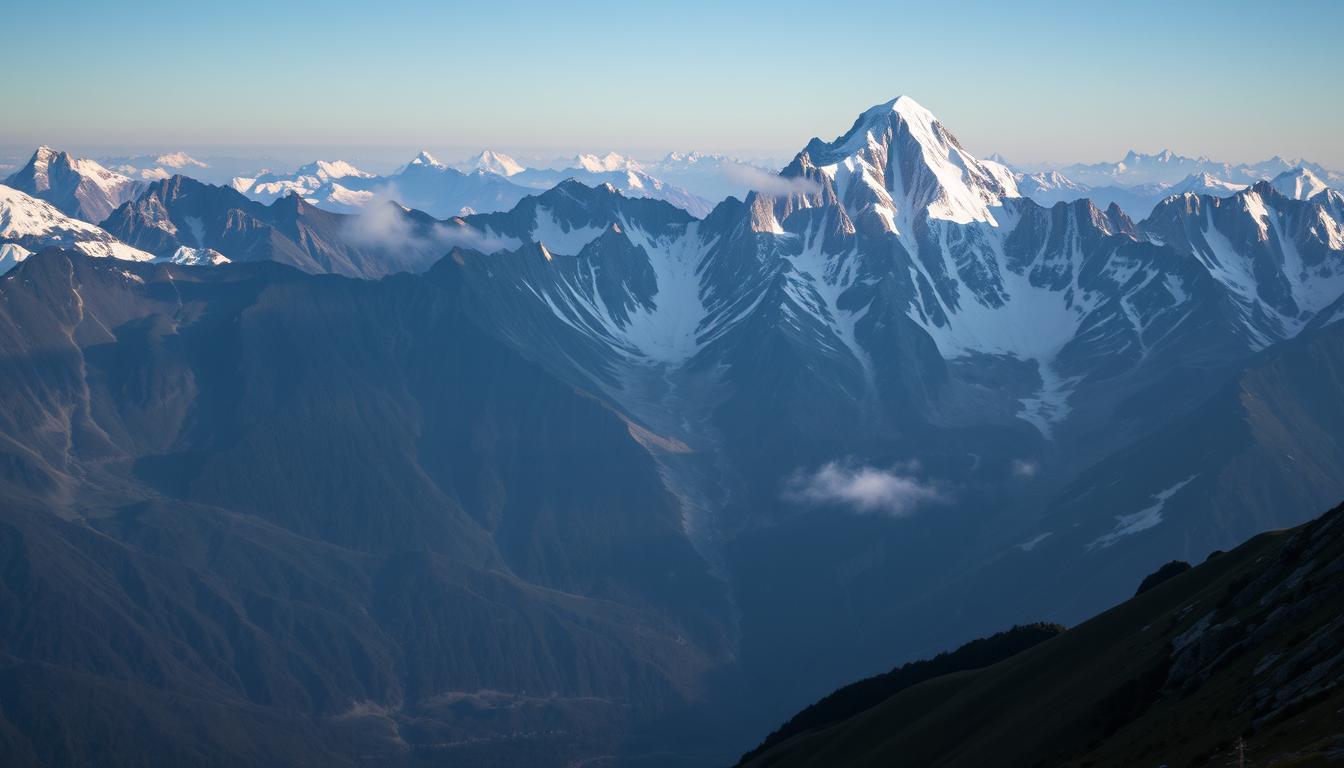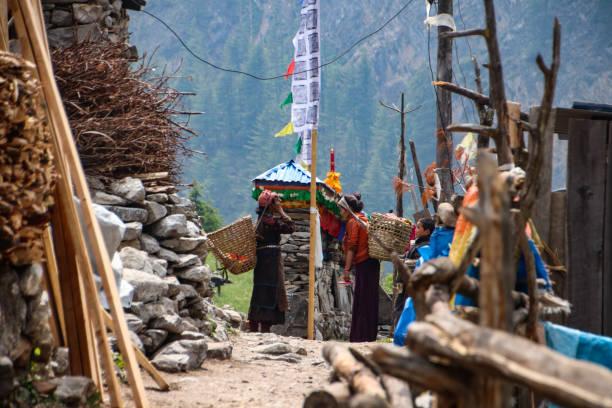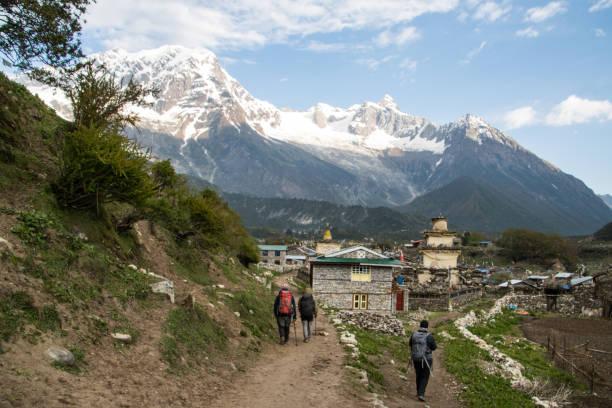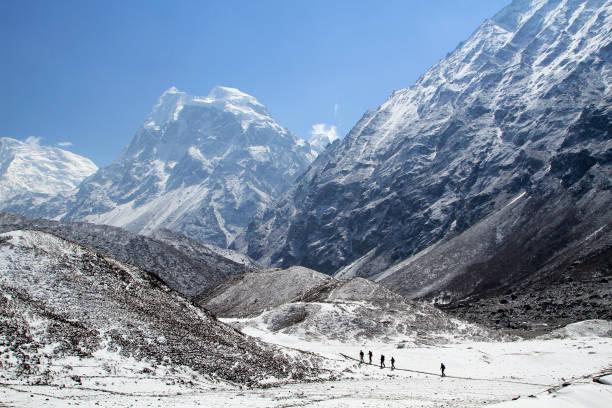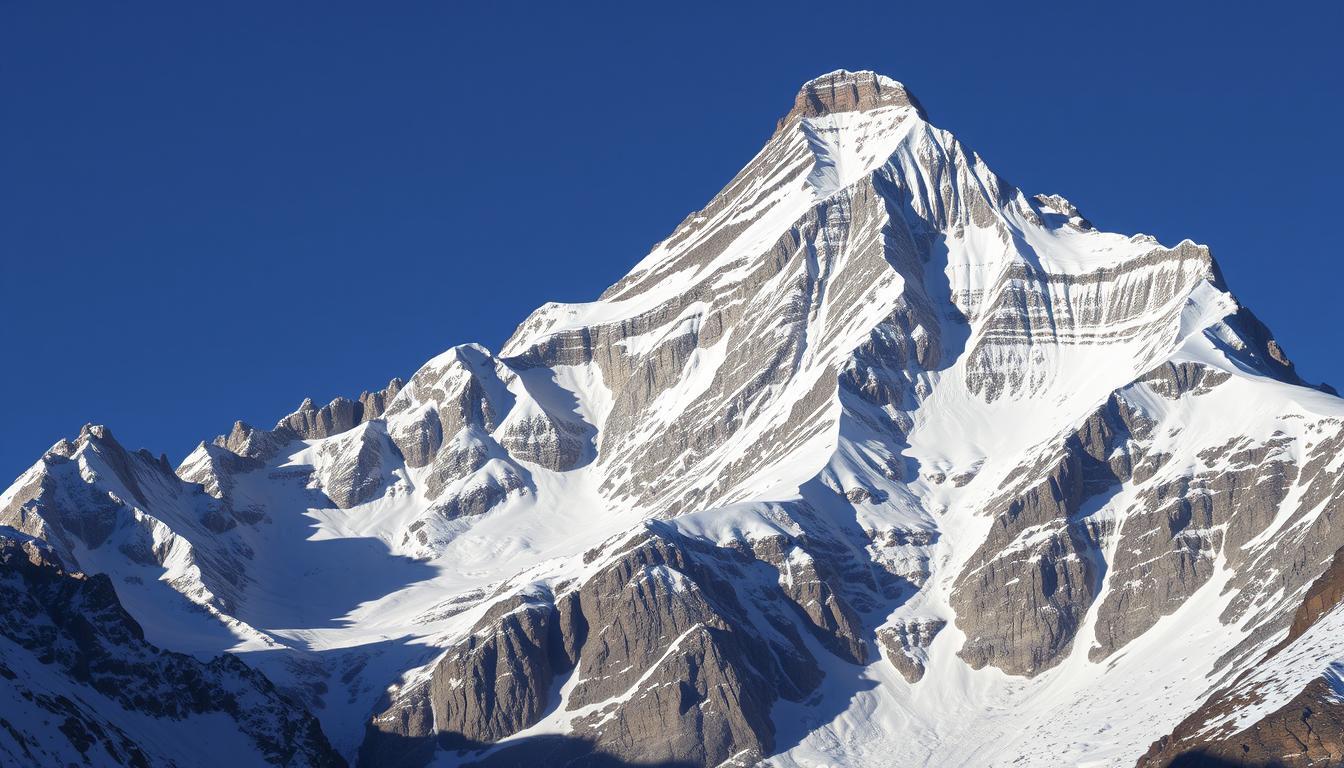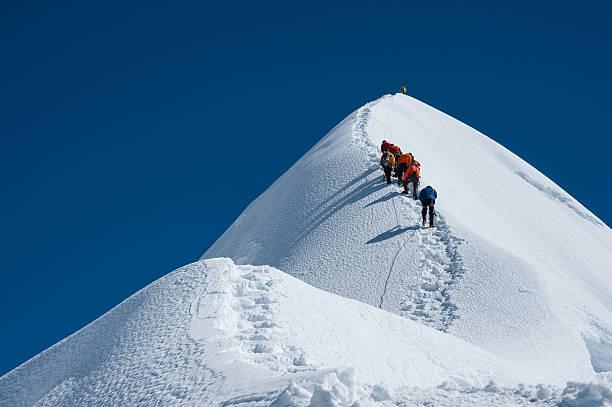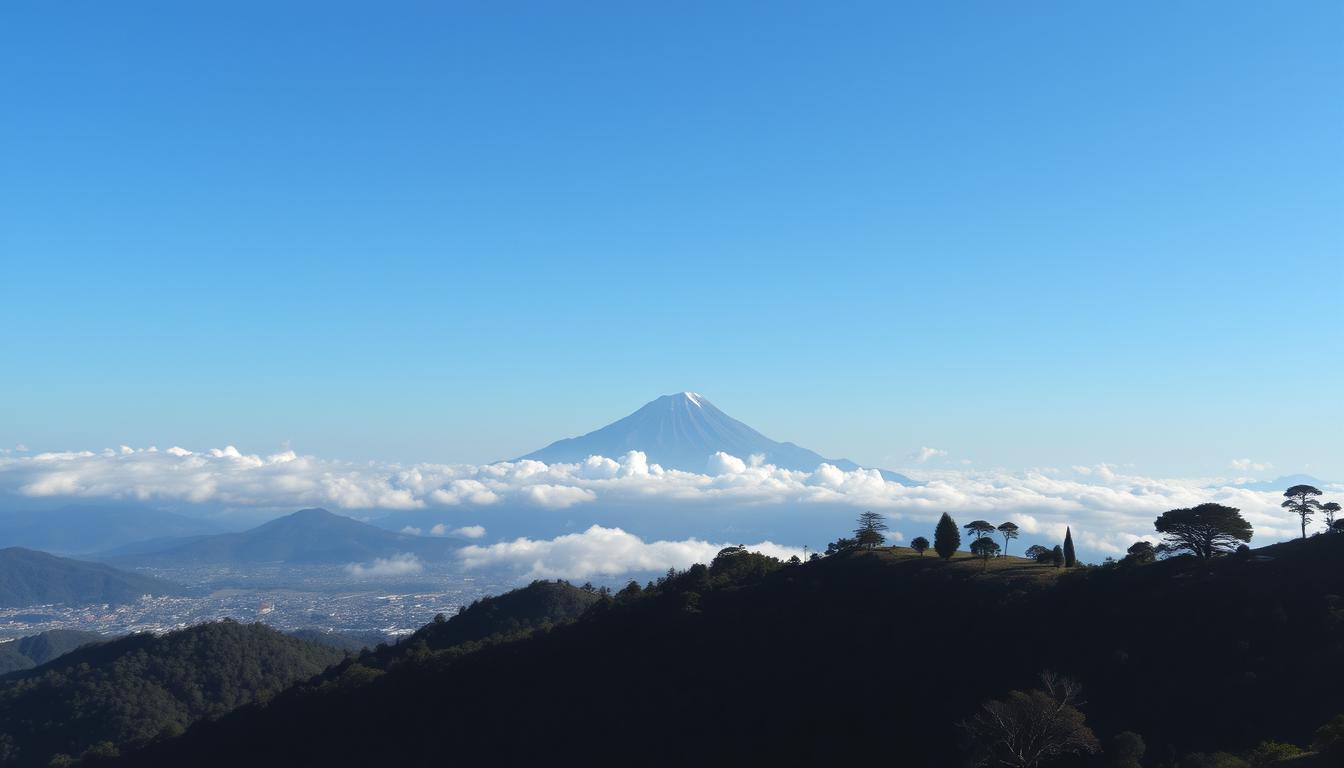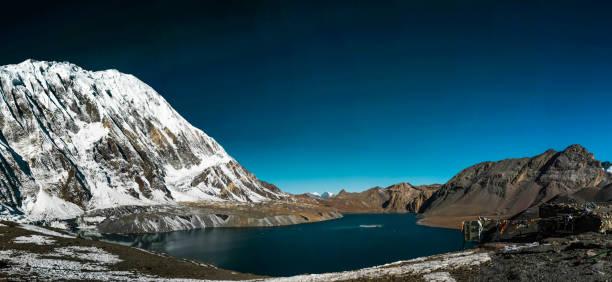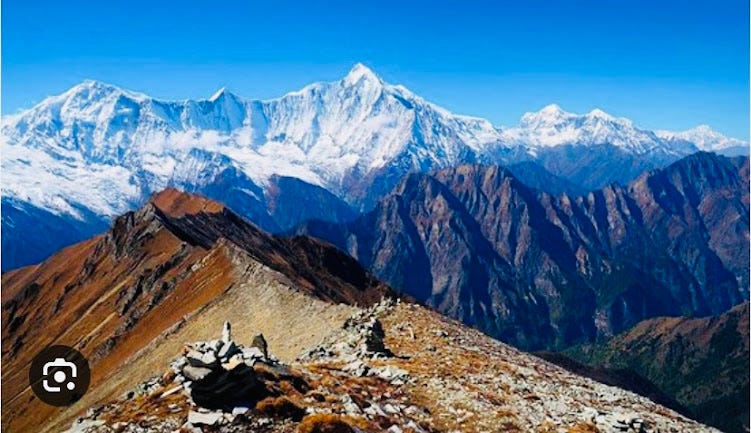Tent Peak Climbing in the Annapurna Region: An Ultimate Guide
- Home
- Tent Peak Climbing in the Annapurna Region: An Ultimate Guide
Budget
NPR 1000
Per Person
Rating
No review has been posted yet
Duration
22 Days
Trip Overview
Tent Peak, also known locally as Tent Peak (5,663 meters / 18,580 feet), is one of the attractive trekking peaks in the Annapurna region of Nepal. Though less famous than peaks like Mera or Island Peak, Tent Peak offers climbers a fantastic mix of moderate technical challenge, spectacular Himalayan views, and cultural immersion in one of Nepal’s most diverse trekking areas.
Tent Peak lies close to the popular trekking routes around Manang and Muktinath, blending adventure with the serenity of the Annapurna Conservation Area. The climb is accessible to trekkers with some mountaineering experience and excellent acclimatization, making it a perfect choice for those looking to experience high-altitude climbing in a relatively less crowded environment.
Location and Geographic Context
Tent Peak is situated in the northern Annapurna region within the Annapurna Conservation Area Project (ACAP) — Nepal’s largest protected area. The peak is positioned near the upper Mustang area, north of the famous Manang valley.
The region is culturally rich, influenced by Tibetan Buddhist traditions, with spectacular landscapes ranging from alpine meadows to arid, desert-like highlands.
Sherpa Guides and Support
Though the Sherpa community is traditionally from the Everest region, experienced Sherpa guides often accompany expeditions in Annapurna as well, given their superior high-altitude expertise and mountaineering skills.
Importance of Sherpa Guides on Tent Peak:
Navigate tricky ice and snow sections safely.
Fix ropes and manage technical climbing gear.
Carry loads and establish high camps.
Provide altitude sickness awareness and first aid.
Offer valuable insights into Himalayan culture and mountain safety.
Hiring a Sherpa guide greatly enhances the safety, efficiency, and enjoyment of the expedition.
Package Highlights:
Tent Peak in Annapurna offers a blend of cultural richness, biodiversity, and breathtaking Himalayan scenery. Compared to other popular peaks, it is less crowded, providing a more peaceful climbing environment. It is suitable for climbers who have some experience but are looking for a moderate technical challenge and wish to enjoy the serene beauty of the Annapurna Conservation Area.
Climbing Tent Peak also offers cultural exposure to Tibetan Buddhist communities and spectacular views of Annapurna South, Nilgiri, and Dhaulagiri ranges.
Book This Trip
Trip Information
 Start : Kathmandu
Start : Kathmandu Finish : Kathmandu
Finish : Kathmandu Difficulty :
Moderate
Difficulty :
Moderate
 Max Altitude : 5663m
Max Altitude : 5663m Group Size :
Group Size :  Season :
Season :
Trip Gallery

Trip Itinerary
Arrive in Kathmandu.Permit processing, gear checks, briefing, and rest.
Drive from Pokhara to Besisahar.Begin trekking through terraced farmland, rivers, and villages.
Trek through Marsyangdi valley, Chame, and Manang.Gradual acclimatization hikes around Manang.Continue to high alpine terrain, reaching Tent Peak Base Camp (~5,000 m).
Acclimatization hikes to nearby peaks or ridges.Establish higher camps on Tent Peak.Summit attempt early morning, then return to base camp.
Trek back via Manang, Chame, and Besisahar.Drive or jeep to Pokhara.Fly from Pokhara to Kathmandu.Final rest and departure.
Cost Includes
- Trekking peak climbing permit and Annapurna Conservation Area permit.
- Domestic flights (Kathmandu–Pokhara–Kathmandu).
- Ground transportation between Pokhara and trek start points.
- Salaries, insurance, and equipment for Sherpa guides and porters.
- Accommodation and meals during trekking and expedition.
- Fixed ropes and technical climbing gear.
- Government taxes and liaison officer fees.
- Trekking peak climbing permit and Annapurna Conservation Area permit.
- Domestic flights (Kathmandu–Pokhara–Kathmandu).
- Ground transportation between Pokhara and trek start points.
- Salaries, insurance, and equipment for Sherpa guides and porters.
- Accommodation and meals during trekking and expedition.
- Fixed ropes and technical climbing gear.
- Government taxes and liaison officer fees.
Cost Excludes
- International airfare to and from Nepal.
- Personal climbing and trekking gear.
- Travel and medical insurance with high-altitude evacuation coverage.
- Tips for Sherpa guides, porters, and local staff.
- Personal expenses such as SIM cards, snacks, and souvenirs.
- Emergency helicopter evacuation costs.
Typical Cost Range:
Tent Peak climbing expedition costs typically range from USD 4,000 to 7,000, depending on service level and group size.
- International airfare to and from Nepal.
- Personal climbing and trekking gear.
- Travel and medical insurance with high-altitude evacuation coverage.
- Tips for Sherpa guides, porters, and local staff.
- Personal expenses such as SIM cards, snacks, and souvenirs.
- Emergency helicopter evacuation costs.
Typical Cost Range:
Tent Peak climbing expedition costs typically range from USD 4,000 to 7,000, depending on service level and group size.
Essential Info
Climbing Tent Peak in Annapurna requires several permits to comply with Nepal’s regulations:
1. Trekking Peak Permit
Issued by the Ministry of Tourism of Nepal.
Approximate cost: USD 600–700 (varies depending on peak and season).
Valid for a 30-day period.
2. Annapurna Conservation Area Permit (ACAP)
Required for trekking and climbing in the Annapurna region.
Cost: NPR 3,000 (approximately USD 25).
ACAP is a community-based conservation project protecting both natural resources and local livelihoods.
3. TIMS Card (Trekkers’ Information Management System)
Mandatory for trekking in restricted areas.
Cost: NPR 2,000 (USD 15–20).
These permits ensure legal access and contribute to environmental conservation and community development in the region.
Airport and Access
Tribhuvan International Airport, Kathmandu
All expeditions begin with arrival at Kathmandu, Nepal’s only international airport.
Domestic Flight to Pokhara
From Kathmandu, take a short domestic flight (about 25 minutes) to Pokhara, the gateway to the Annapurna region.
Pokhara is a beautiful city situated beside Phewa Lake and offers a relaxed atmosphere before starting the trek.
Extra Info
Tent Peak requires standard high-altitude mountaineering gear suitable for snow and ice conditions.
Clothing
Down jacket and insulated pants.
Layered clothing: moisture-wicking base layers, fleece mid-layers, waterproof shell jacket and pants.
Mountaineering boots compatible with crampons.
Warm gloves, mittens, balaclava, thermal socks.
Climbing Gear
Helmet.
Harness, carabiners, ascenders, descenders.
Ice axe and crampons.
Fixed ropes and other climbing gear (often provided by the expedition operator).
Trekking poles.
Headlamp with spare batteries.
Glacier sunglasses or goggles with UV protection.
Camping and Safety
Four-season sleeping bag rated for -20°C or colder.
Insulated sleeping pad.
Personal first aid kit and altitude sickness medication.
Communication devices such as satellite phone or radio.
Personal hygiene items.
Trip Date And Time
We'll Be There, Like We've Been There Before
|
Departing |
Finishing |
Trip Price Per Person |
Action |
Enquire |
|---|---|---|---|---|
| No Trip Yet!! | ||||
